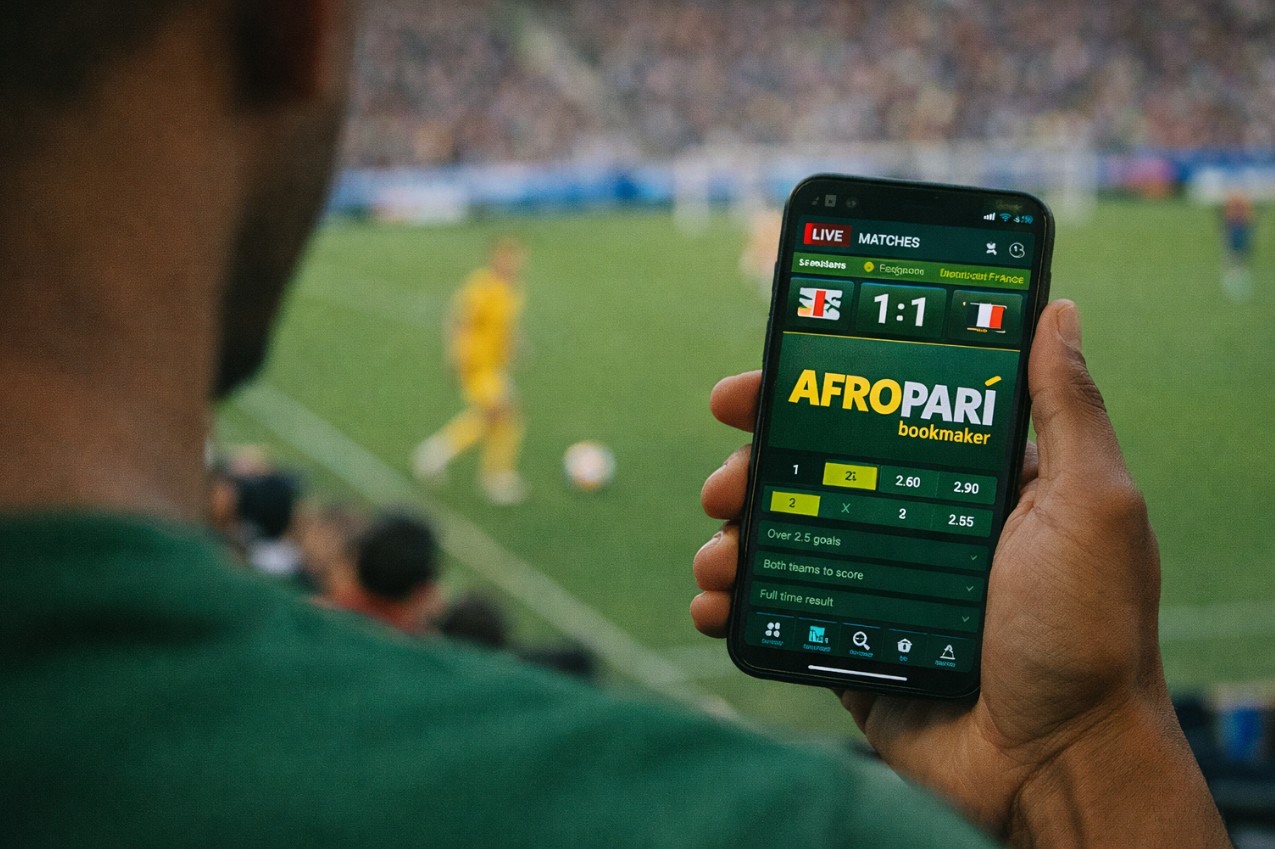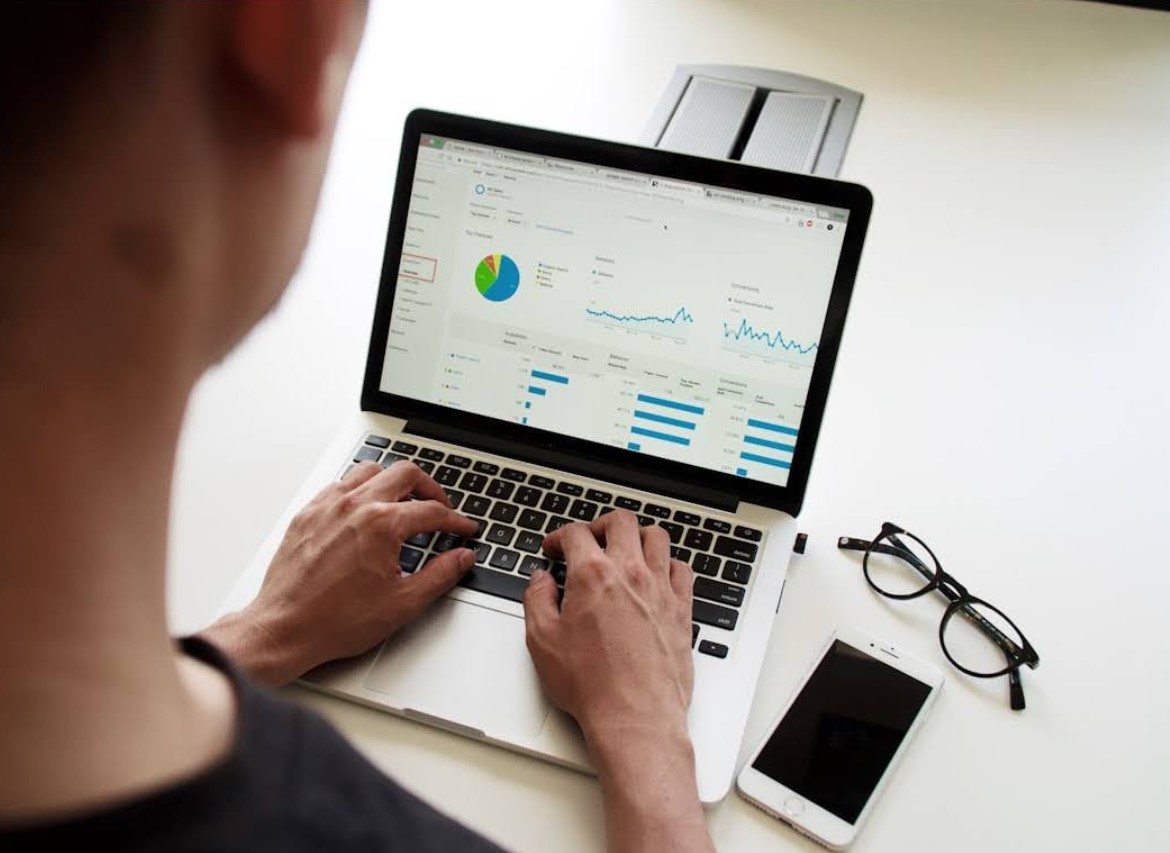Inside football’s obsession with perfect predictions
From casual fans debating in the pub to managers s

From casual fans debating in the pub to managers sweating over tactical plans, football is shaped by a shared hunger to predict what comes next.
There’s a universal urge to crack the code—whether it’s guessing the weekend score or spotting the next breakout star before anyone else does.
In recent years, this appetite for foresight has only grown stronger as technology and data analytics offer new ways to outwit randomness.
Pundits, tipsters, and everyday supporters now rely on stats, algorithms, and trend lines in search of certainty, even though upsets remain part of football’s charm.
This article digs into why we’re so drawn to prediction in football—and how this obsession is reshaping not just how we watch and bet, but how the sport itself evolves.
The data-driven revolution: how analytics fuels football predictions
Football isn’t just about what happens on the pitch anymore. The real battle often takes place behind screens, as clubs, broadcasters, and fans pore over mountains of data searching for patterns that might tip the odds in their favor.
Clubs now invest heavily in analysts who track everything from player sprints to pass maps and xG. This isn’t just a backroom hobby; managers use these metrics to inform substitutions, tactics, and even transfer policy. In my own experience following Premier League clubs, I’ve seen how an overlooked stat can spark a tactical shift that changes a match’s outcome.
Fans aren’t left out either. Broadcasters fill half-time with heatmaps and probability charts, while social media is awash with predictions backed by stats instead of superstition. It’s a cultural shift—supporters expect more than gut feeling; they demand proof.
Betting communities have taken things further. On platforms like stakehunters.com, transparency is the name of the game. Every tipster’s win-loss record, yield percentage, and profit margin are visible in black and white. This lets bettors filter out empty promises and focus on those who deliver results backed by real numbers.
The days of relying solely on a pundit’s hunch are long gone. Data has become the trusted guide for anyone serious about predicting football—turning guesswork into something far closer to science.
From gut instinct to algorithm: the evolution of football forecasting
Football predictions used to belong to the old guard—lifelong supporters, pub pundits, and grizzled commentators who swore by their intuition and experience.
Fans clung to superstitions or gut feelings, convinced that a team’s “form” or a striker’s confidence could tilt fate.
Now, we’ve entered an era where machine learning and artificial intelligence sift through oceans of data—lineups, injuries, weather reports—to spot patterns people might miss.
The shift hasn’t replaced human insight, but it’s created a new partnership between tradition and technology. Today’s top models combine statistical power with the hard-won wisdom of seasoned fans and coaches.
This collaboration is raising the bar for accuracy—sparking fresh debates about what really counts as “predicting” the unpredictable game.
The rise of predictive algorithms
The explosion of player tracking data and advanced statistics has changed how clubs, analysts, and even casual fans think about forecasting results.
Machine learning models now analyze thousands of variables in real time: player workloads, tactical setups, historical trends—even unexpected factors like pitch conditions or travel schedules.
A 2024 review in the Journal of Sports Sciences found that artificial intelligence, especially machine learning, is increasingly used to forecast match results and assess player injury risk, helping teams make data-driven decisions that were previously impossible with traditional approaches. (AI in Football Outcome Prediction)
These systems are getting better every season at flagging upsets or predicting when a key player might break down physically. In some European leagues, analytics departments now play as big a role as scouts in shaping strategy.
Can human intuition compete?
For all the talk about algorithms, there’s still something powerful about lived experience and instinct—the sense that comes from watching thousands of matches or knowing a club’s culture inside out.
Top pundits sometimes spot tactical tweaks or psychological edges that numbers miss entirely. There are moments when an experienced manager senses momentum turning long before any model does.
The best predictions often happen when data backs up—or challenges—a hunch. While tech keeps raising the bar for accuracy, human judgment remains vital in situations where chaos reigns or history weighs heavy on players’ minds.
The psychology of prediction: why certainty is so addictive
Prediction is at the core of football’s appeal, pulling fans and bettors into a cycle of hope, doubt, and anticipation.
It’s about more than just bragging rights or extra cash—trying to foresee results taps into our deep need for control and validation in an unpredictable world.
This section looks at why the act of making predictions triggers such powerful emotions and behaviors, from the thrill of nailing a result to the pitfalls of overconfidence and groupthink.
The thrill of being right
Nailing a scoreline or picking the underdog to win sends a jolt of satisfaction that’s hard to match. In football culture, there’s real status attached to calling it correctly—whether it’s among friends at the pub or thousands of followers on social media.
That rush isn’t just in our heads. It’s dopamine: the brain’s reward chemical lighting up when we succeed. For many, chasing that high becomes as much a part of the experience as watching the match itself.
In my own circles, I’ve seen people remember their rare correct predictions for years—even if they get dozens wrong in between. The craving for that next win keeps us coming back for more.
Cognitive biases and the illusion of control
We love feeling like we can outsmart randomness. Confirmation bias means we tend to notice when our hunches pay off but conveniently forget our misses.
Overconfidence sets in easily—especially after a streak of lucky calls—which leads some fans and bettors to raise their stakes beyond reason. The more success we taste, the more convinced we become that we’ve “cracked” football’s code.
This illusion can be risky. People start thinking skill outweighs luck, ignoring how much randomness shapes each outcome. When disappointment follows, it hits hard—and sometimes drives even riskier bets in an attempt to prove ourselves right again.
Community, rivalry, and social sharing
Sharing predictions turns forecasting into a group sport all its own. Whether you’re posting picks online or trash-talking rivals before a derby, there’s an extra layer of excitement when everyone has skin in the game.
I’ve watched WhatsApp groups light up with bold calls ahead of big matches—and erupt with banter when someone gets it spectacularly wrong or gloriously right. This dynamic builds camaraderie but also healthy competition.
Viral prediction challenges often sweep through fan forums during major tournaments like the Euros or Copa América. It makes every goal feel personal and every result worth debating long after full-time.
Prediction markets, tipsters, and the business of certainty
Perfect prediction is no longer just a fan’s fantasy—it’s big business. Betting markets thrive on this hunger for foresight, with paid tipster services offering statistical “certainty” for a price.
The boom in these services has reshaped football’s commercial landscape. It’s not just about who lifts the trophy, but who can decode outcomes best—and profit from it.
This section looks at how prediction platforms are driving innovation and regulation while raising new ethical questions about transparency and trust.
The rise and regulation of tipster platforms
Tipster marketplaces have exploded over the last decade, fueled by fans seeking an edge beyond casual betting. Instead of vague promises, many new platforms now publish detailed track records for every tipster—win rates, profit margins, and even yield percentages—to show who’s actually beating the odds.
To maintain credibility and protect users, leading sites have introduced verification tools that flag suspicious activity or fake records. Some even offer money-back guarantees during unprofitable periods to build trust with their audience.
This shift toward accountability isn’t just good marketing; it’s become essential as more bettors demand real evidence over empty claims. In Europe especially, regulators are pushing for stricter rules on advertising claims and transparency. The upshot is a safer marketplace where data-backed decisions—rather than blind faith—set successful platforms apart.
When money meets data: The ethics of selling certainty
Selling predictions blurs the line between advice and entertainment. The promise of near-guaranteed wins can lure fans into riskier bets or create false confidence—even when real-world results remain unpredictable.
This makes transparency and responsible gambling more important than ever. According to the Responsible Gambling Standards from the National Council on Problem Gambling (2023), platforms must offer clear records, ethical marketing, and robust protections so users know what they’re buying—and don’t get misled by hype.
The best operators now balance commercial success with consumer protection by setting realistic expectations and encouraging responsible play.
Innovation and the future of prediction services
Technology is transforming how prediction businesses work behind the scenes. Blockchain verification helps lock down tipster histories so records can’t be altered retroactively—a huge step forward for trust in the industry.
Meanwhile, real-time analytics tools let users access up-to-the-minute insights rather than stale historical stats. Some sites are even experimenting with automated smart contracts to manage payouts based on transparent criteria.
The next wave will likely blend AI-driven forecasting with community-vetted tips—making prediction services smarter and more accountable as demand grows across global football markets.
What’s next? The future of football predictions
Football forecasting is on the brink of a new era. As technology evolves and fans expect greater accuracy, every aspect of prediction—from data collection to analysis—is getting smarter.
The drive for certainty isn’t slowing down. We’re entering a decade where emerging tech could completely reshape how we understand and anticipate the game. Yet, for all these advancements, football’s unpredictability still fuels its unique appeal.
Let’s look ahead at what might shape the next chapter in this relentless search for perfect foresight.
Emerging tech: From wearables to fan-driven models
Biometric wearables are already changing how teams monitor player health and performance. Devices that track heart rate, movement, and fatigue provide coaches with real-time insights previously out of reach.
Crowd-sourced data and open-source models are making forecasting more democratic. Fans contribute stats and run their own simulations, turning prediction into a global conversation rather than an insider’s game.
Wearable Tech Sports Analytics reports that 91% of Olympic-level athletes use some form of wearable device. When combined with machine learning, these tools can help predict injury risk and fine-tune tactics—hinting at where football analytics is headed next.
The limits of prediction: Embracing uncertainty
No matter how advanced the algorithms become, there will always be something unpredictable about football. An unlucky bounce or a flash of brilliance can undo even the most sophisticated model in seconds.
This stubborn streak of chaos is what keeps fans glued to their screens. The thrill comes from knowing that anything might happen, no matter what the numbers suggest.
In Spain’s La Liga or at Sunday league pitches across England, it’s the same story—surprises are woven into football’s DNA. That’s why we chase predictions but cherish the moments nobody saw coming.
Conclusion
Football’s relentless search for perfect predictions is about far more than numbers on a scoreboard. It taps into our deep-rooted desire for control, the thrill of surprise, and the joy of proving our instincts right.
As data science and digital tools become part of every matchday conversation, the lines between calculated logic and gut feeling blur even further. Yet, no matter how sharp the algorithms get, football remains gloriously unpredictable at its core.
This push and pull between certainty and chaos is what keeps us coming back—always hoping we’ll call it right, but loving the moments when nobody does.







